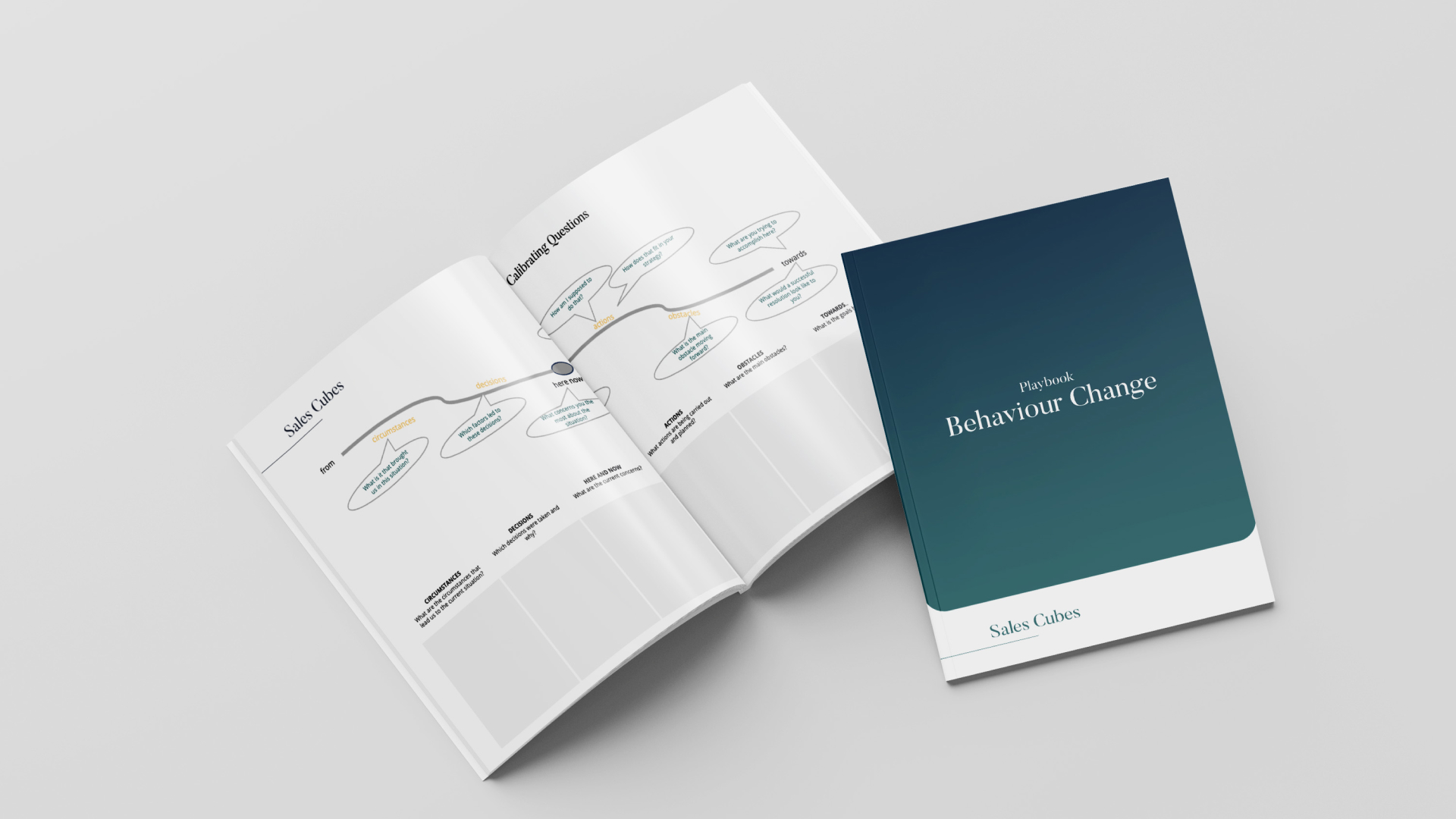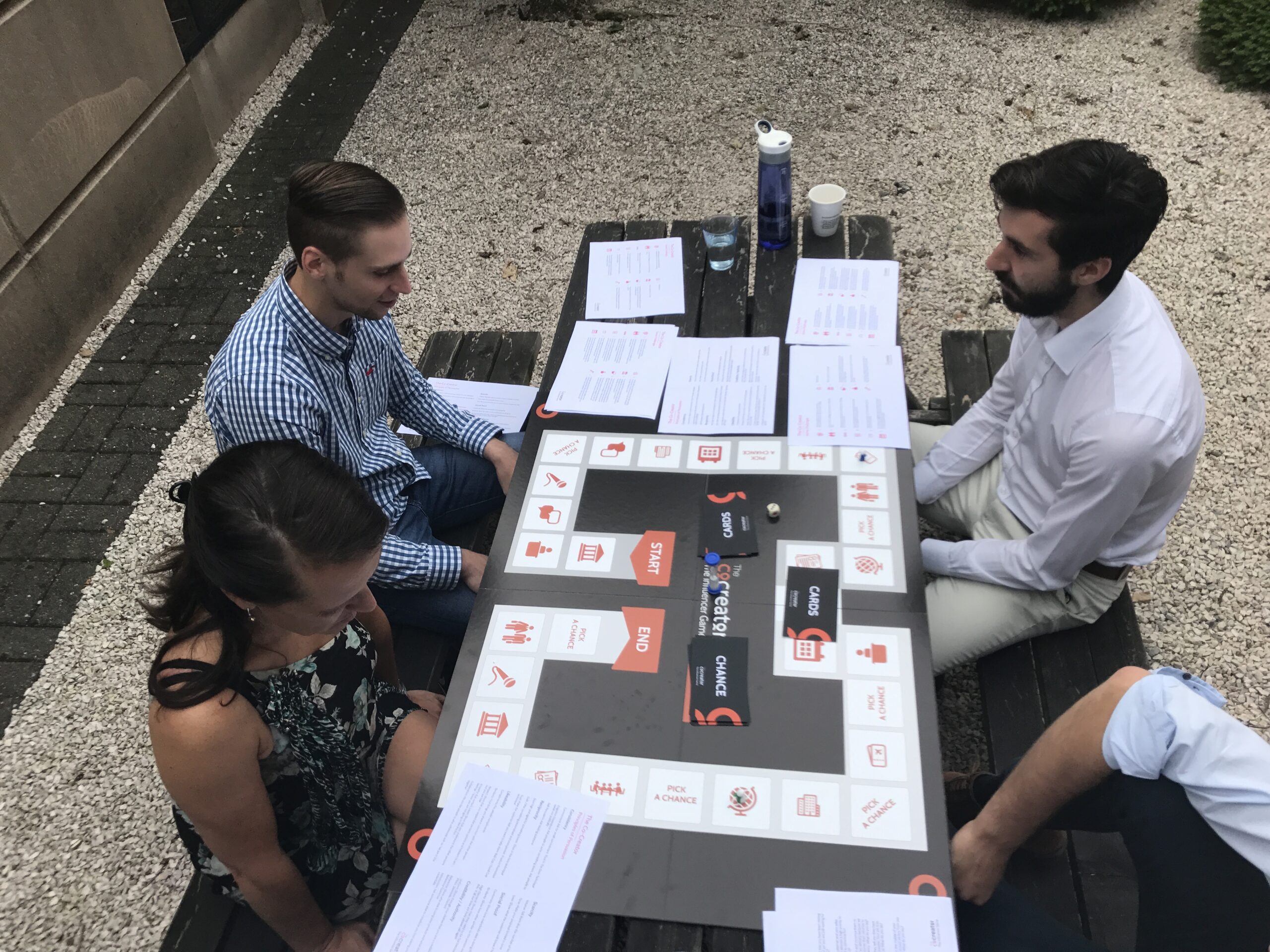What is it?
Calibrating questions, a subset of open questions, are specifically designed to extract not just any information, but information that is useful for negotiation or problem-solving. They aim to understand the other party’s perspective and motivations and to calibrate your approach accordingly. They are more focused than general open questions and often start with ‘how’ or ‘what’. These questions avoid ‘why’ to reduce defensiveness. Examples: “How can we solve this problem together?” or “What is your main concern with this proposal?”
In his book “Never Split the Difference,” Chris Voss, a former FBI negotiator, emphasises the importance of calibrating questions in a negotiation process. These questions, an integral part of open-ended inquiries, play a pivotal role in the Behavioural Change Stairway Model , which is used to achieve behavioural change in negotiation and conflict resolution.
How Useful is it?
Calibrating questions are useful to achieve the following:
-
- Encourage Dialogue: They open up the conversation and encourage the other party to share more about their thoughts and feelings.
-
- Gather Information: By asking ‘how’ and ‘what,’ you gather crucial information that can guide your understanding of the situation.
-
- Build Rapport: They demonstrate your interest in the other person’s perspective, fostering trust and rapport.
-
- Clarify Understanding: These questions help clarify any misunderstandings and ensure that both parties are on the same page.
Application
Imagine you’re in a sales meeting, and instead of asking, “Do you like our product?” (a closed question), you ask, “What aspects of our product do you find most useful?” This not only gives you more insight into the customer’s needs but also opens up avenues for further discussion.
In a change management scenario, asking, “How do you think this change will impact your daily work?” can provide valuable insights into employee concerns, allowing you to address them more effectively.
Process
In his book, Chris Voss explains the importance of what he calls obtaining ‘the Layout of the Land’ before you even decide on how to approach the negotiation. The picture below shows the sequence of the client’s story and the corresponding questions. It is important to remember that there is no real order in the questions. Depending on the context and the type of conversation it might make perfect sense to start with establishing a mutual goal.

Circumstances
To understand the client’s perspective we must understand the circumstances or events that led to the current station.
Example Question: What is it that brought us into this situation?
Decisions
To uncover the influences and considerations guiding the client’s decision-making we need to understand how the decisions that led us to this point were made.By seeking an explanation for a decision, you can gain insight into the thought process behind it.
Example Question: What factors are driving your decision-making process? Can you help me understand the factors that led to this decision?
Here and Now
To address the client’s main concerns directly we need to undercover his/her main worries or reservations in the current situation.
Example Question: What concerns you the most about the situation?
Actions
You need to gain insight into the client’s strategic/long-term thinking and how your proposal aligns with their broader goals.
Example Question: How does this fit into your overall strategy?
If the client has specific expectations from you or other parties encourage them to share more information about their expectations or requirements.
Example Question: How are they (or how am I) supposed to do that?
Obstacles
Try to encourage the client to identify the most significant challenge they perceive in the negotiation or project.
Example Question: What is the biggest obstacle you see in moving forward?
If the client does not perceive any challenges from the outset you may want to encourage the client to identify potential obstacles or concerns they may have about your proposal.
Example Question: What challenges do you foresee in implementing this plan?
Towards the Goal
Clarity with the client what the objectives and goals of the negotiation or session are, ensuring that both parties are on the same page. In some situations you may even want to start with this question.
Example Question: What are we trying to accomplish here?
Try to uncover how the client defines success. This is essential to find common ground.
Example Question: What would a successful resolution look like to you?
Your Proposal
When stating a proposal uncover how your proposal aligns with the long-term vision of the client. This helps you gauge the strategic importance of your proposal to the other party.
Example Question: How does this proposal align with your company’s long-term vision?
When stating a proposal ask about perceived benefits so that you can highlight aspects of your proposal that resonate with the other party’s goals.
Example Question: What do you see as the main benefits of this proposal?
Sources
- C. Voss and T. Raz, 2016, Never Split the Difference, Negotiating as if Your Life Depended on It, Harper Business
- How to Use Calibrated Questions to Negotiate Strategically, Master Class, 2021


